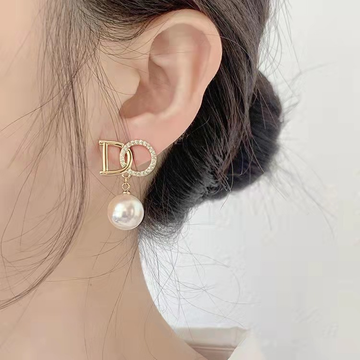Evaluating the Collectible Value and Making Informed Purchasing Decisions for Stone Bracelets
Stone bracelets have long captivated collectors and enthusiasts with their aesthetic appeal, cultural significance, and potential for appreciation. However, navigating the market requires a nuanced understanding of factors influencing their value and practical considerations for purchase. Below, we explore key elements to assess collectible worth and guide strategic buying decisions.
Assessing Material Rarity and Geological Significance
The intrinsic value of stone bracelets often hinges on the rarity and geological characteristics of the materials used:
- Gemstone Scarcity: Stones like jadeite, nephrite, or lapis lazuli are prized for their limited availability. For example, high-quality jadeite from Myanmar is renowned for its vibrant green hues and translucency, making bracelets crafted from it highly sought after. Similarly, lapis lazuli sourced from Afghanistan’s Badakhshan mines is valued for its deep blue color and golden pyrite inclusions.
- Geological Formation: Stones formed under unique conditions, such as petrified wood or opalized fossils, carry scientific and aesthetic value. These pieces often appeal to collectors interested in natural history and geological processes.
- Cultural Heritage Stones: Materials tied to specific cultural narratives, like Chinese Hetian jade or Tibetan dzi beads, gain additional value due to their historical and symbolic importance. Bracelets incorporating such stones may appreciate as cultural artifacts.
Evaluating Craftsmanship and Artistic Merit
The skill and creativity invested in crafting a stone bracelet significantly impact its collectible worth:
- Handcarving and Inlay Techniques: Bracelets featuring intricate carvings, such as jadeite bangles with dragon motifs or silver inlays on turquoise, demonstrate masterful artisanship. These techniques require years of training and often elevate a piece beyond its material value.
- Design Innovation: Contemporary designers may blend traditional stones with modern aesthetics, creating bracelets that appeal to a broader audience. For instance, combining rough-cut gemstones with minimalist metalwork can result in wearable art with crossover appeal.
- Structural Integrity: A well-crafted bracelet should withstand daily wear while maintaining its aesthetic. Signs of poor craftsmanship, such as loose settings or uneven polishing, can detract from both value and longevity.
Considering Market Trends and Collector Demand
Understanding current market dynamics and collector preferences is crucial for assessing potential appreciation:
- Emerging Stone Trends: Stones gaining popularity, such as ethically sourced rubies or lab-grown diamonds, may see increased demand. Collectors often seek pieces that align with evolving ethical and aesthetic standards.
- Niche Collector Communities: Specialized groups, like those focused on vintage Native American jewelry or Art Deco-era pieces, create micro-markets where certain bracelets command premium prices. Engaging with these communities can provide insights into undervalued categories.
- Auction and Exhibition History: Pieces with provenance from reputable auctions or exhibitions may retain higher value. Researching past sales of similar bracelets can offer benchmarks for rarity and desirability.
Navigating Authenticity and Provenance Challenges
Ensuring the legitimacy of a stone bracelet is paramount, especially in markets where imitations abound:
- Gemological Certification: Reputable labs, such as GIA or SSEF, provide certifications verifying stone authenticity and treatment history. For example, a certificate confirming a jadeite bracelet’s natural origin can significantly boost its value.
- Historical Documentation: Bracelets with documented ownership or exhibition history often fetch higher prices. Letters of provenance, appraisals, or exhibition catalogs add layers of authenticity and narrative depth.
- Ethical Sourcing: As consumers prioritize sustainability, bracelets with transparent supply chains—such as those using recycled metals or conflict-free stones—may gain long-term value. Certifications like the Responsible Jewellery Council’s can validate these claims.
Balancing Personal Aesthetics and Investment Potential
Ultimately, the decision to collect or invest in a stone bracelet should align with personal taste and financial goals:
- Emotional Connection: Collectors often prioritize pieces that resonate emotionally, whether due to cultural heritage, artistic style, or sentimental value. A bracelet’s ability to evoke joy or pride can outweigh purely financial considerations.
- Diversification Strategy: For investors, stone bracelets can serve as alternative assets, offering portfolio diversification. However, this approach requires research into market liquidity, storage costs, and insurance considerations.
- Long-Term Vision: Appreciation in the stone jewelry market often unfolds over decades. Collectors should assess whether a bracelet’s style and material will endure trends, ensuring its relevance in future markets.
By integrating assessments of material rarity, craftsmanship, market trends, authenticity, and personal alignment, collectors and buyers can make informed decisions about stone bracelets. Whether driven by passion or profit, a thoughtful approach ensures these pieces remain cherished for generations.







